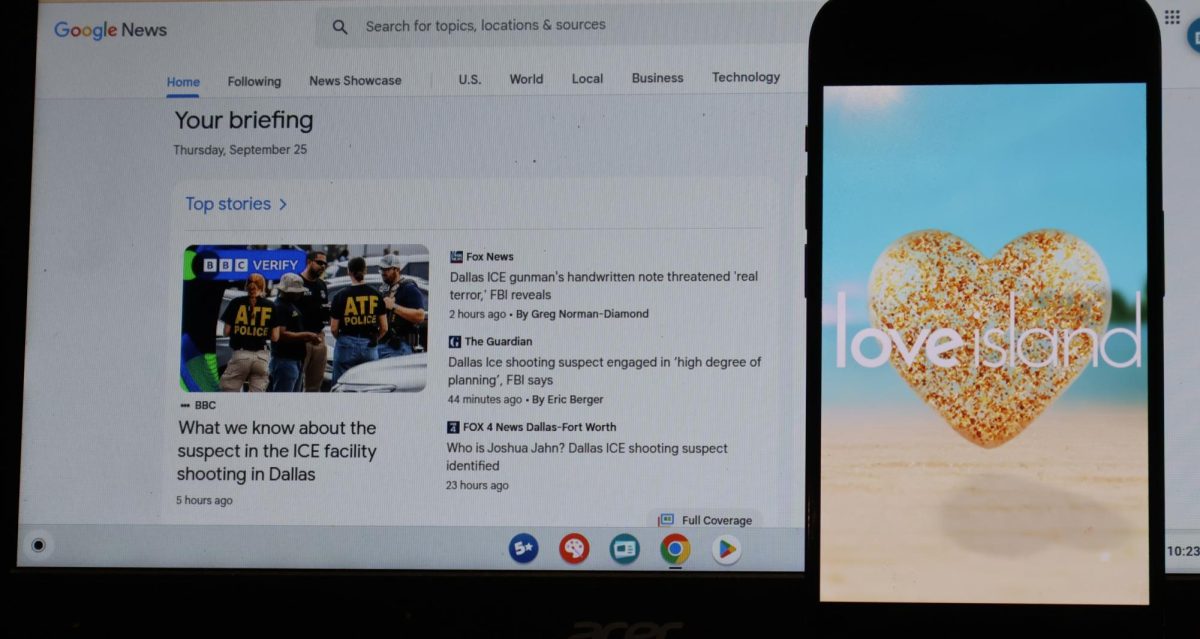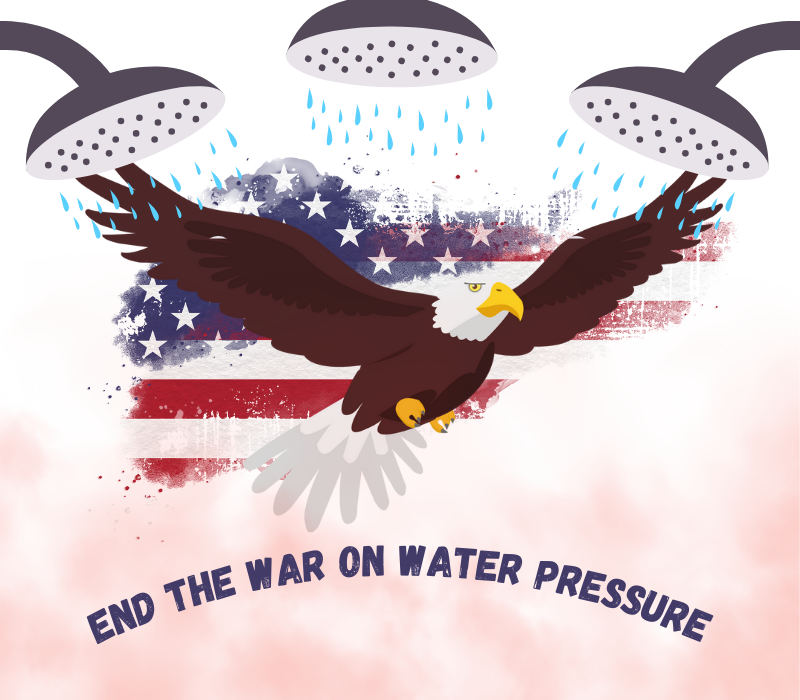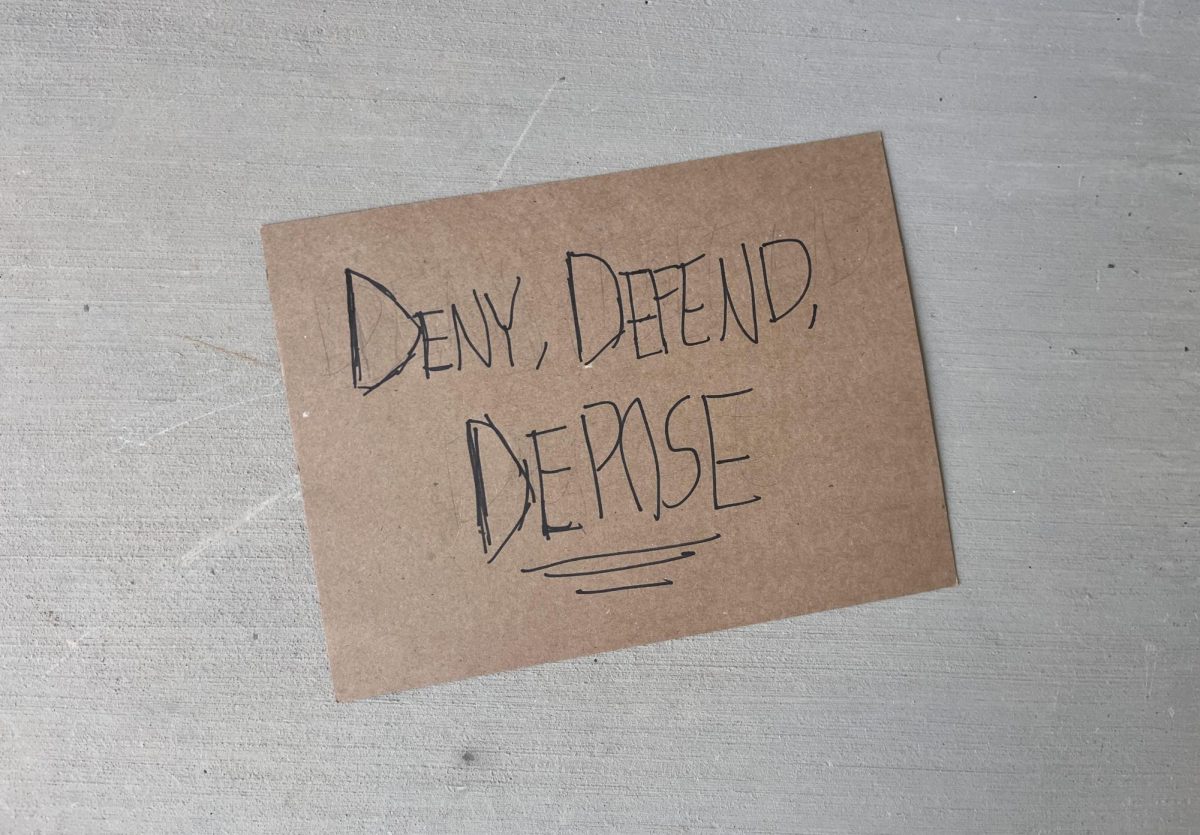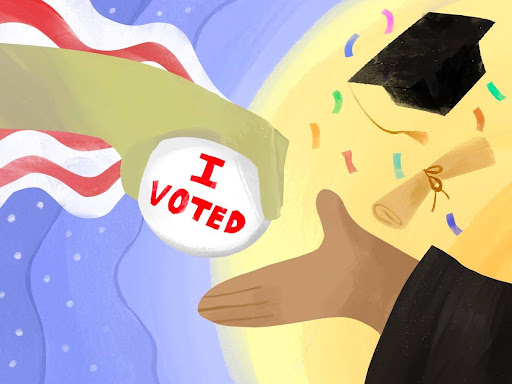Recently, there have been various reports on SafeVoice that have been legitimatly reported. Even though the safety program adopted by CCSD has been helpful, some students are not using the system the way it is intended, like reporting that someone swore in class or they feel overworked. While these issues may feel offensive or bothersome to us, they have been stripping time away from our administrators, who have to handle the reports.
Instead of blindly using the tools that we have, we need to know when and how to use them properly for the sake of our safety and time.
Ideally, SafeVoice should be used to request help, because it was created to quicken the process of addressing escalating situations. For instance, instead of a student having to contact a teacher because a peer shows signs of being suicidal, the student would then have to try and reach administration to decide how to handle the situation, this database cancels out the “middle men” involved. Now, when an incident is reported to SafeVoice, it is sent straight to the authorities.
Despite its purpose of helping to communicate problems, though, the anonymous reporting system has been subject to misuse. According to Assistant Principal Trish Taylor, our school receives three to five reports a week, with a majority of them being complaints about teachers. While the pranks may seem funny in the moment and we might regret taking an AP course because we underestimated the workload, it is important to understand that reporting to SafeVoice can be compared to–but not a replacement for–dialing 9-1-1.
See it like this–we don’t call 9-1-1 when our sibling eats the last cookie in the jar; instead, we tell our parents. If we have a problem with a teacher or someone offends us in class, we should be going to our counselors or dean to report the issue.
According to State Program Coordinator for SafeVoice Isidro Herrera, the safety system is not a replacement for 9-1-1. If an urgent situation occurs on campus–like a student is severely injured in class or an intruder happens to be on campus–we can get faster care if we report it to a trusted adult. However, if the urgent situation happens off-campus, dial 9-1-1 instead of filing a SafeVoice report.
And while we should be using SafeVoice for some of the problems that we encounter, misusing it hinders the time that administrators could spend on larger-scale issues. Administrators are responsible for handling the school budget, doing teacher evaluations and supervising the lunch room; addressing small problems takes time away from what they do on a day-to-day basis.
In addition, if a fake issue is reported to SafeVoice and a name is mentioned in that report, the repercussion can be as serious as receiving a required parent conference or being suspended. This fake issue, along with other illegitimate inquiries, delays addressing a real problem that arises, because administrators are required to address every SafeVoice report that they receive.
We need to put in the effort to understand the tools we have access to. Even though nothing will be faster than speaking directly to a counselor or administrative member, SafeVoice is there for us to use during emergencies. After all, SafeVoice was created to help us and make our lives easier–it’s time we treat it that way.
To learn more about the SafeVoice issue, click here.
[poller_master poll_id=”860″ extra_class=””]
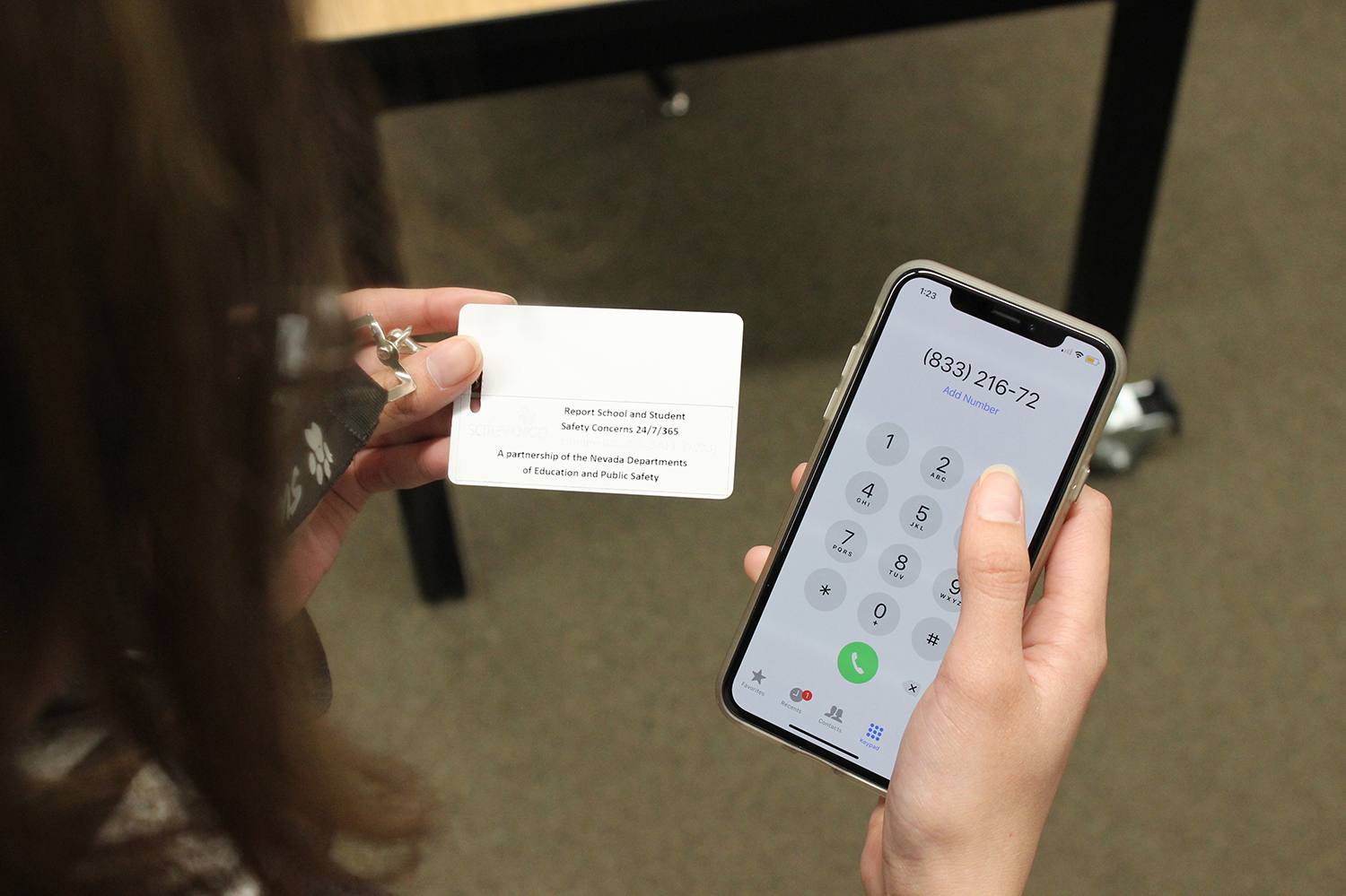




![Swaying and preparing to toss the tennis ball, Dylan Grove practices serving. Grove had been training in preparation for her upcoming matches against Chaparral and Doral Red Rock. “[Both teams are] both very tough opponents, but I am ready for whatever gets thrown my way,” Grove said.](https://southwestshadow.com/wp-content/uploads/2025/10/image-1200x900.png)
![Practicing the basic skills of nursing, sophomore Natalia Yancey gets her heartbeat checked with a stethoscope. Sophomore nursing students reviewed skills from freshman year. “I’ve always wanted to be in the medical field; it’s been my dream forever,” Yancey said. “Doing [practice skills] so early on is not only an amazing opportunity, but it helps me to prepare for my future.”](https://southwestshadow.com/wp-content/uploads/2025/10/IMG_9843-1200x800.jpg)

